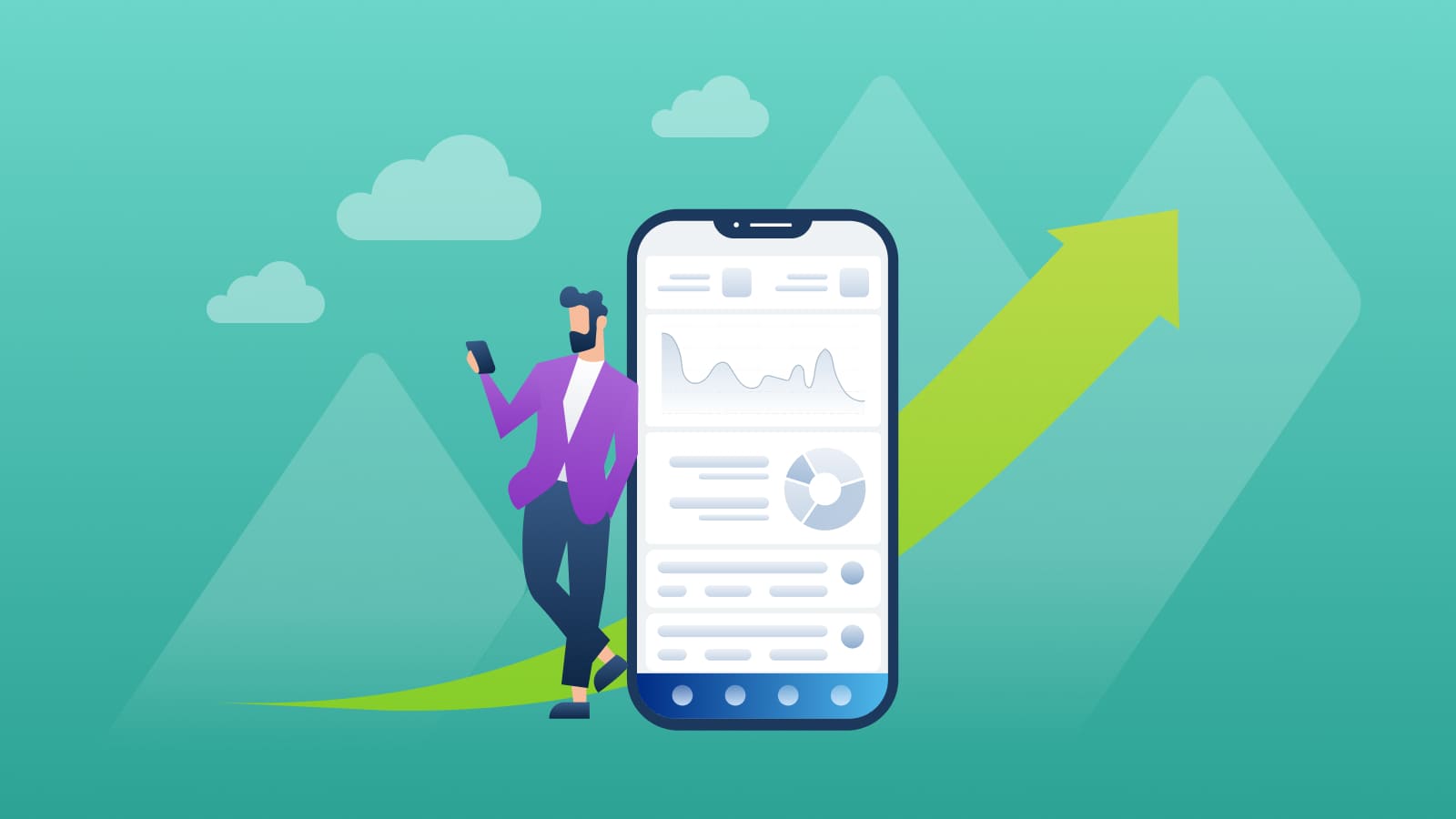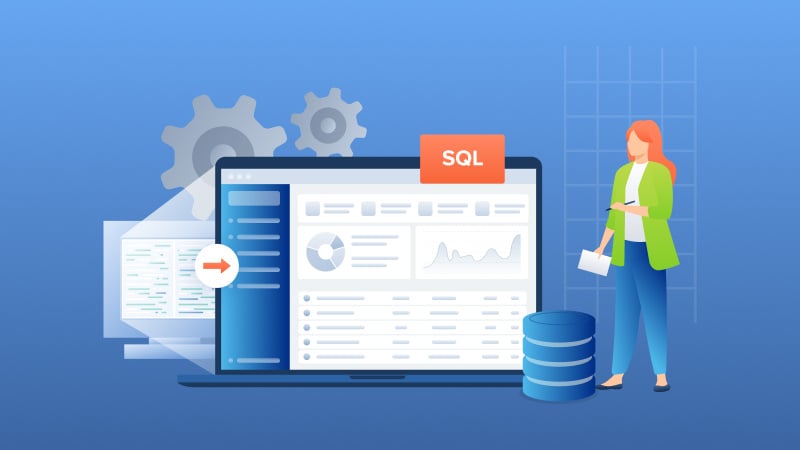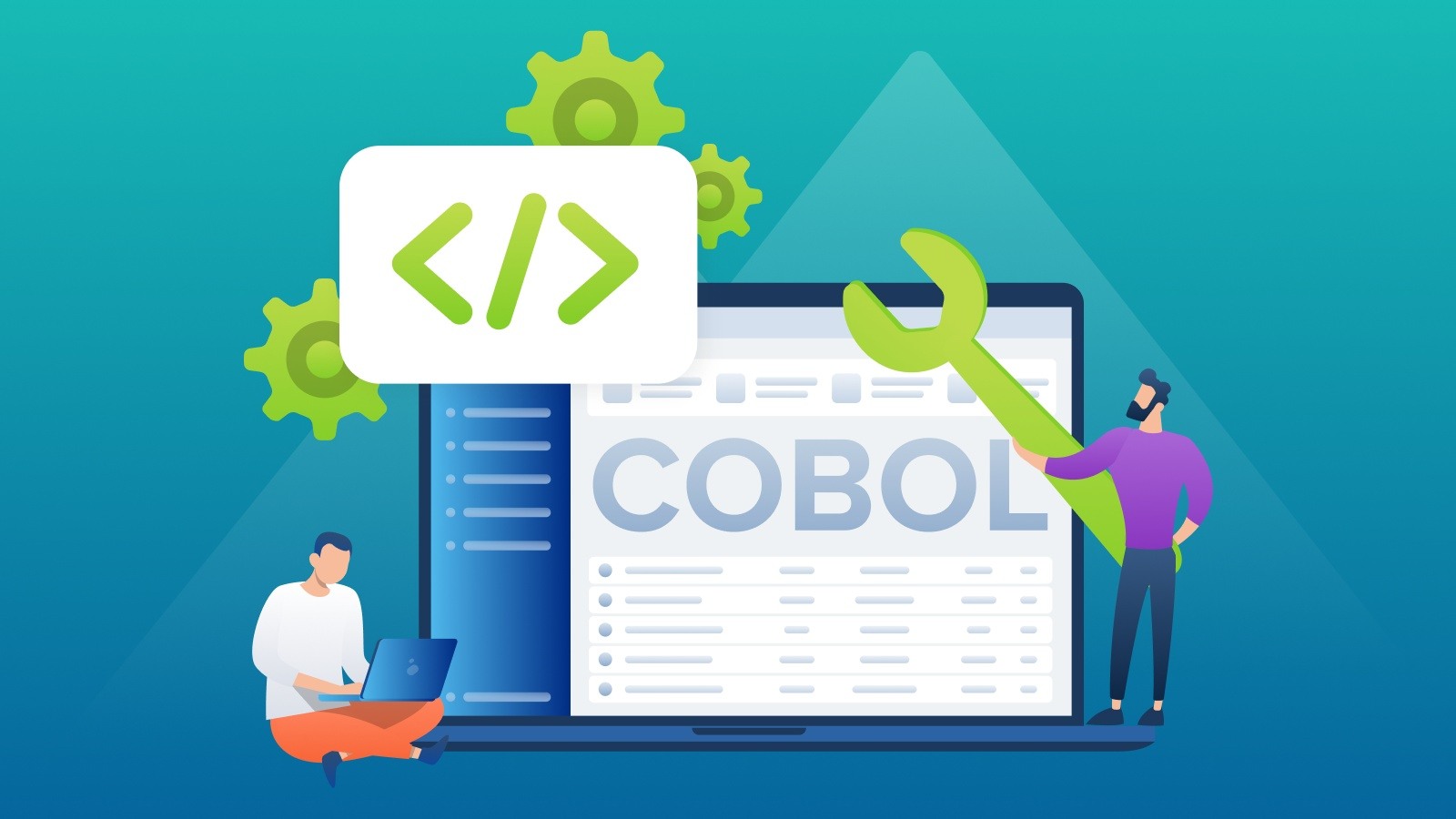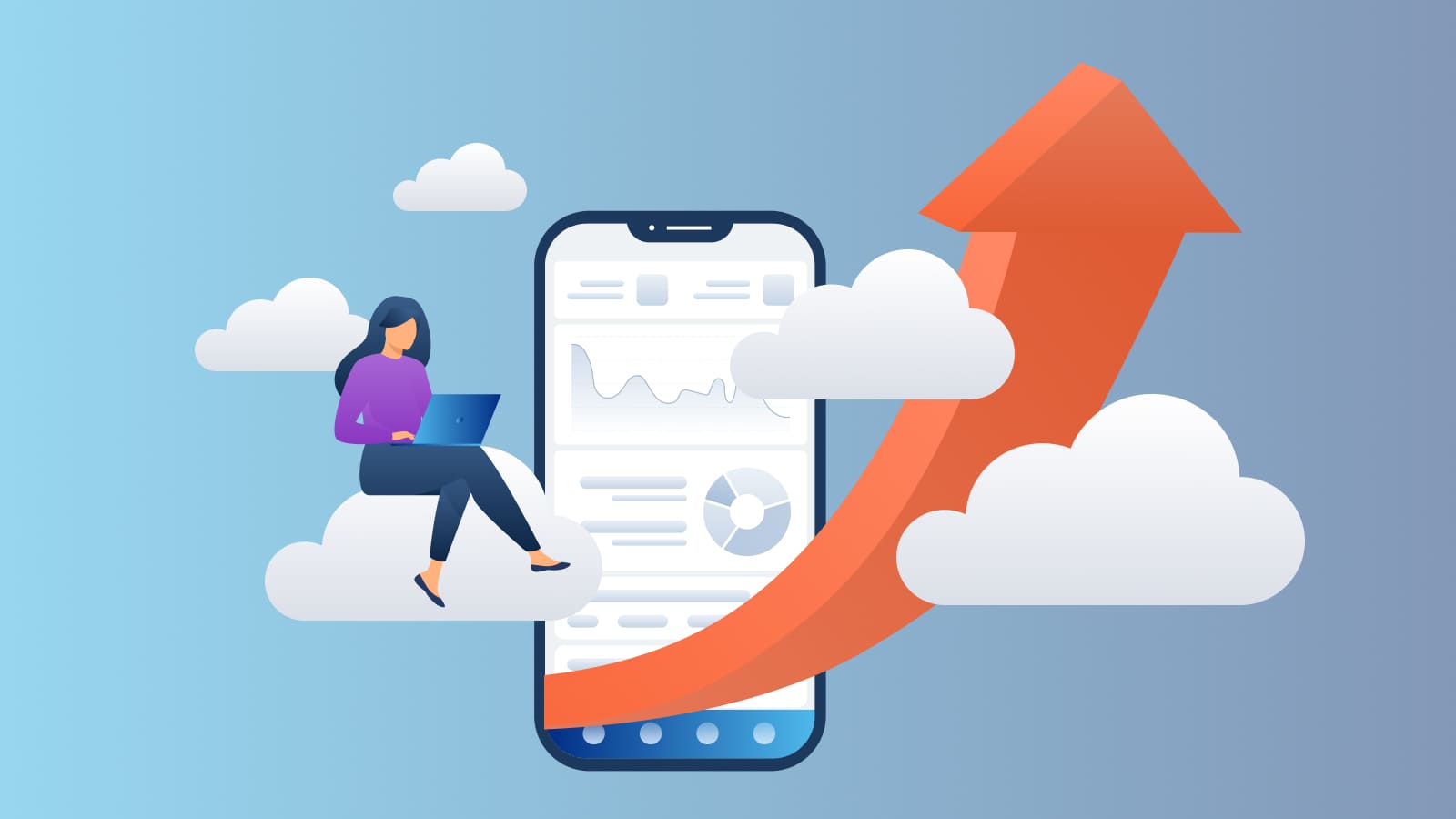Why Migrate from Btrieve to PostgreSQL and other Relational Databases?
Introduction Many independent software vendors (ISV) and corporate users still rely on applications that use a category of database collective called...
7 min read
 Mertech
:
Jul 6, 2024 11:45:00 AM
Mertech
:
Jul 6, 2024 11:45:00 AM

Application modernization is more than just a tech upgrade – it's an essential strategy for businesses striving to stay competitive in our fast-paced digital era.
Remarkably, about 92% of companies are either planning or actively engaged in modernization initiatives. This surge in modernization efforts is a testament to its critical role in meeting the ever-increasing demand for swift, accessible, and innovative solutions.
Additionally, app modernization comes with lots of benefits as it drives growth and customer satisfaction.
But what exactly are the benefits of application modernization, and how can they propel your business forward?
Let's delve into the transformative power of application modernization, its benefits, and how you can leverage them for business success.
Application modernization helps businesses overcome all the limitations posed by legacy systems, which often include:
And did you know that:
Application modernization is all about harnessing efficiency and innovation to stay competitive in today's market and being prepared for tomorrow's challenges.
But what benefits exactly does it bring?
By embracing enterprise application modernization, businesses unlock a myriad of benefits that can propel them towards greater success and sustainability.
Let's delve into these specific app modernization benefits and understand how they contribute to business growth and resilience.
Application modernization allows you to swiftly adapt to market changes and technological advancements.
The result? You can get way ahead of competitors who may still be tethered to outdated systems.
By integrating cutting-edge technologies like cloud computing, AI, and machine learning, you can streamline operations, enhance customer experiences, and foster innovation. Additionally, modernized applications empower you to respond rapidly to emerging trends and customer needs.
Modernized applications, equipped with advanced tools and features, simplify operations and reduce the need for intensive training.
Consider this: modern systems often automate repetitive tasks and integrate seamlessly with new processes, freeing up valuable time for innovation and strategic tasks. This transformation not only enhances employee productivity but also accelerates time-to-market, giving businesses a competitive edge.
For example, a cloud-based system can support a team working across various locations and time zones, fostering better connectivity, collaboration, and creativity.
When applications are sluggish or outdated, not only do customers face frustration, but employees also encounter productivity roadblocks.
Application modernization, such as cloud migration, can drastically improve the speed and efficiency of digital systems. This ensures a seamless and responsive experience that meets the expectations of both customers and employees.
For instance, consider a higher education client struggling with slow data import processes in their student recruitment platform. Post-modernization, a process that once took a day was reduced to just an hour, significantly improving user satisfaction and operational efficiency.
This is about more than just aesthetics – it's about creating intuitive, information-rich, and secure digital experiences that resonate with users and elevate your brand's reputation.
Legacy systems, often riddled with disorganized code, demand high maintenance costs and are prone to bugs, hindering the addition of new features.
By focusing on clean, streamlined code during modernization, maintenance costs drop significantly, freeing up resources for innovation rather than just upkeep. This not only benefits the financial health of the company but also provides a more stimulating work environment for tech teams, moving away from the monotony of debugging outdated systems.
Moreover, modernization often involves transitioning to cloud-based solutions, which offer a more cost-effective model. This means companies only pay for what they use, eliminating the need for expensive, on-premise data centers.
Business agility fundamentally transforms how companies adapt to market changes and customer needs.
So, what does business agility through application modernization look like?
It's about the ability to pivot rapidly, respond to market fluctuations, and meet evolving customer expectations with ease. Modernized applications streamline operational processes, making it simpler and faster to implement changes and add new functionalities.
For instance, by adopting microservices or cloud-based solutions, companies can deploy updates and enhancements without the downtime associated with traditional systems. This approach significantly accelerates development cycles and ensures that businesses can swiftly adapt to new opportunities or challenges.
Older systems often lack compatibility with current security protocols and fail to receive timely updates, leaving them open to attacks.
But why is modernization key to enhanced security?
By modernizing applications, companies can incorporate advanced security measures, ensuring compliance with the latest standards and robust protection against emerging threats.
For example, migrating to cloud platforms like AWS or Azure not only brings an application up to date but also taps into the sophisticated security infrastructure these platforms offer. This transition means accessing a suite of modernization tools designed for real-time threat detection, data encryption, and compliance management, significantly reducing the likelihood of breaches.
By updating their existing systems, businesses can tap into new markets and offer innovative services that align with evolving customer expectations.
How does this transformation lead to financial growth?
Modernized applications enable businesses to introduce novel features, such as online payment options, enhanced customer support, or engaging digital experiences. These advancements not only improve customer engagement but also present opportunities for monetization.
For instance, consider a retail company that integrates augmented reality into its shopping app. This technology allows customers to virtually try products before purchasing, enhancing the shopping experience, boosting customer engagement, and driving sales.
As legacy systems age, they often become a labyrinth of outdated code and escalating maintenance costs. Legacy app modernization streamlines these processes, leading to more efficient and cost-effective operations.
How does modernization achieve this?
By transitioning to newer platforms, businesses can integrate their systems with the latest technological advancements, ensuring better compatibility and easier maintenance. Modernization also enables organizations to adopt more agile methodologies, such as containerization and orchestration, which simplify deployment and management of applications.
For instance, by employing microservices-based application modernization, a business can isolate different functions of an application, making it easier to update and maintain individual components without disrupting the entire system. This modular approach significantly reduces downtime and enhances the overall reliability of the system.
While modernized applications come with lots of benefits, the process also comes with a few obstacles.
Here are some of the primary application modernization challenges you should be aware of:
Despite the inherent risks and hurdles, there are clear steps businesses can take to maximize the advantages of modernizing their applications:
This will serve as your roadmap, justifying the need for change and outlining the expected benefits and risks.
Crafting a detailed application modernization strategy is key to aligning technological upgrades with business objectives. It involves:
This phase is crucial for identifying potential issues and making necessary adjustments. This comprises of:
With a vision to revamp their quarter-century-old transportation management software, Freight Management Systems faced the daunting task of shifting from a desktop-centric to a cloud-based framework.
The goal was clear: to stay competitive and relevant in the global market.
Collaborating with Mertech, FMS focused on revitalizing its legacy system while preserving the integrity of its extensive back-end code. Utilizing Mertech's Thriftly platform, the transformation predominantly targeted the front-end, enabling the creation of web modules linked to the existing system.
The metamorphosis led by Mertech was transformative for FMS. This overhaul not only enhanced the design and user experience of their product but also allowed for the addition of new services like EDI.
As a result, FMS witnessed an expansion in service offerings and customer engagement, boosting customer retention and attracting new business. The shift to a web-based platform was particularly crucial in adapting to the modern remote workforce and broadening their market presence.
Ready to harness the benefits of application modernization for your enterprise? Partner with Mertech for a strategic and successful transformation backed with expert app modernization services. Let's redefine your business's digital journey together.
If you have any other questions on application modernization, check out the answers to some commonly asked questions:
Application modernization can help you enhance business agility, improve security, and ensure compatibility with current technologies.
It can also enable your business to meet evolving market demands, streamline operations, and provide improved customer experiences, keeping it competitive in the rapidly changing digital landscape.
Yes, with proper planning and execution, the benefits of application modernization, such as increased efficiency, scalability, and enhanced security, can significantly outweigh the risks.
Some major companies may hesitate to modernize due to the high costs, potential disruption to operations, and the complexities involved in migrating large, intricate systems. Others may lack the necessary in-house expertise or resources to manage the modernization process effectively.
To get the optimal benefits from application modernization, focus on meticulous planning, stakeholder engagement, and aligning modernization efforts with business goals. Implement a phased approach, utilize expert guidance, and ensure continuous testing and optimization throughout the process.
Having an application modernization partner provides expert guidance and support, helping navigate complexities and mitigate risks.
They bring specialized skills, experience, and tools to manage the transition efficiently, ensuring minimal disruption and aligning the modernization process with the business's strategic objectives. This partnership can accelerate the journey, deliver enhanced outcomes, and ultimately maximize ROI.

Introduction Many independent software vendors (ISV) and corporate users still rely on applications that use a category of database collective called...

COBOL applications are the foundation of numerous essential business functions, especially within the banking, insurance, and government sectors....

Imagine breaking free from the constraints of old, monolithic systems and embracing the agility and innovation of cloud-based solutions.